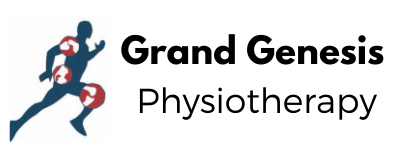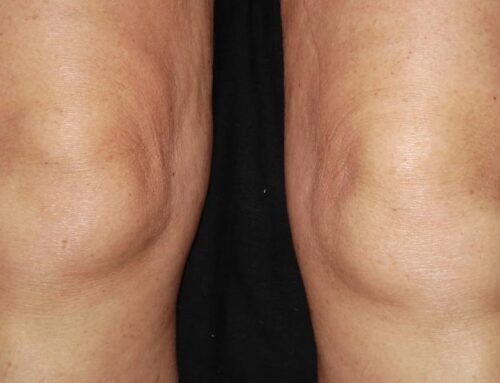Baby massages have a variety benefits. With each gentle stroke, your baby will feel nurtured and loved, strengthening the bond between the two of you. Massages will also allow your baby to feel more relaxed, which may improve their sleep.
Some research suggests baby massage might even promote healthy growth, although further research is needed.
Not sure where to start? We’ve put together a handy guide on the benefits and techniques. It’ll teach you all you need to know about baby massages.
Bonding through baby massage
Baby massages are a great way to bring you and your little one closer. Trust and communication develop as you interact with your baby. Your calming touch will make your baby feel loved and cared for, too.
Your baby will also feel relaxed during a massage. Anecdotal reports suggest this relaxation may help improve their sleep, but more research is needed.
The health benefits of baby massage
According to the International Association of Infant Massage (IAIM), baby massage may help to stimulate the circulatory and digestive systems. This might, in turn, help some babies with conditions such as:
- gas
- cramps
- colic
- constipation
Massages may also help ease muscular tension, growing pains, and teething discomfort, as well as stimulate growth in preterm infants.
However, a Cochrane systematic review found little evidence for these reported benefits. More research is needed to support these claims.
If your baby has any health issues, you should speak with their doctor first to decide if you should massage your baby.
When to start baby massage
The IAIM suggests that parents introduce touch as soon as the baby is born.
Many moms and dads love to do so by placing their baby on their chest, bare skin to bare skin. This is known as skin-to-skin care or kangaroo care. While you’re holding your baby close, gradually start stroking their legs and back. Then move on to other areas such as the arms.
After the first few weeks of birth, you can begin massaging your baby. However, make sure to follow your baby’s mood. Your baby should be calm, alert, and content when you’re ready to give them a massage. Never perform any massage technique that seems to make your baby uncomfortable.
It’s not the best time for a massage when your baby turns their head away from you or stiffens their arms, according to the Mayo Clinic. The Mayo Clinic also suggests waiting at least 45 minutes after a feeding. Performing a baby massage too soon after they eat can cause vomiting.
How often to perform baby massage
How often you massage your baby depends on you and your baby. Some parents give their baby massages daily, while other parents massage their little ones every other day.
You can massage your baby during the morning to get the day going or at night before bedtime to help soothe your baby to sleep. Pay attention to your baby’s cues to help determine the best massage routine.
Techniques for massaging your baby
Here are some tips and techniques that will help you and your baby make the most of massage time.
A cozy atmosphere is essential
Massage your baby in a warm, quiet place.
Make sure you and your baby are in a comfortable spot. Place them on a towel on their back so they can maintain eye contact. This can be on their changing table or on your bed. Let them know it’s massage time as you undress them.
Start slow
Place your baby on their back and begin by slowly rubbing each body part. Your touch should be gentle at first.
Spend some time rubbing each of their body parts, starting with their head and moving gradually down to their feet. There’s no specific recommended time for the massage. Each part of the massage should last as long as you and your baby are enjoying it.
You can also try placing your baby on their belly for a short massage, though some babies may not like being on their tummies for long.
Repeat it all over again
If you and your baby are enjoying the massage, continue by repeating the rubbing motions, starting again from their head and moving down toward their feet.
Keep talking
Always communicate with your baby during the massage. Repeat their name and the word “relax” to help them calm down.
You can also tell a story or sing their favorite nursery rhyme as you move around their body.
Oil is optional
Some parents find oil too messy, while other parents use it to help eliminate skin friction from massaging. If you do use oil, make sure to buy one that’s odorless and edible since your baby may get it in their mouth.
First, test the oil by applying a small dab to a patch of your baby’s skin. Check to see if your baby has a reaction. This is especially important for babies with allergies or sensitive skin.
The takeaway
Baby massages are a wonderful, soothing therapy that calms your baby and promotes bonding time. However, massaging doesn’t come naturally to all parents. Don’t be discouraged if massaging your baby doesn’t work out at first.
You and your baby may have to practice a few times before getting the massage just right. With each practice, you’re developing a deeper, loving bond with your baby. Keep at it, even if you don’t get the hang of baby massages at first. Your baby will thank you.



